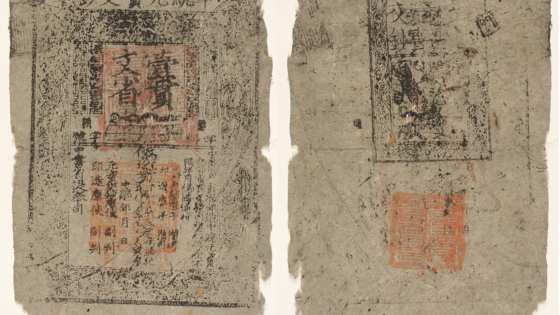DP10248 Strong versus Weak Ties in Migration
This paper studies the role of strong versus weak ties in the rural-to-urban migration decision in China. We first develop a network model that puts forward the different roles of weak and strong ties in helping workers to migrate to the city. We then use a unique longitudinal data that allows us to test our model by focusing on first-time migration. Strong ties are measured by the closest family contact (excluding household members) while weak ties are determined by the fraction of migrants from the village in which the individual resides. We address the endogeneity of the network formation in the migration decision. Our results indicate that both weak and strong ties matter in the migration decision process, although the impact of weak ties is higher than that of strong ties. We also show that one underestimates the effect of social networks on migration by not taking into account the strong ties in the mobility process. We finally find that weak and strong ties act as complements in the migration decision, which indicates that the interactive effect between weak and strong ties is particularly strong above a certain threshold of the size of weak ties.


